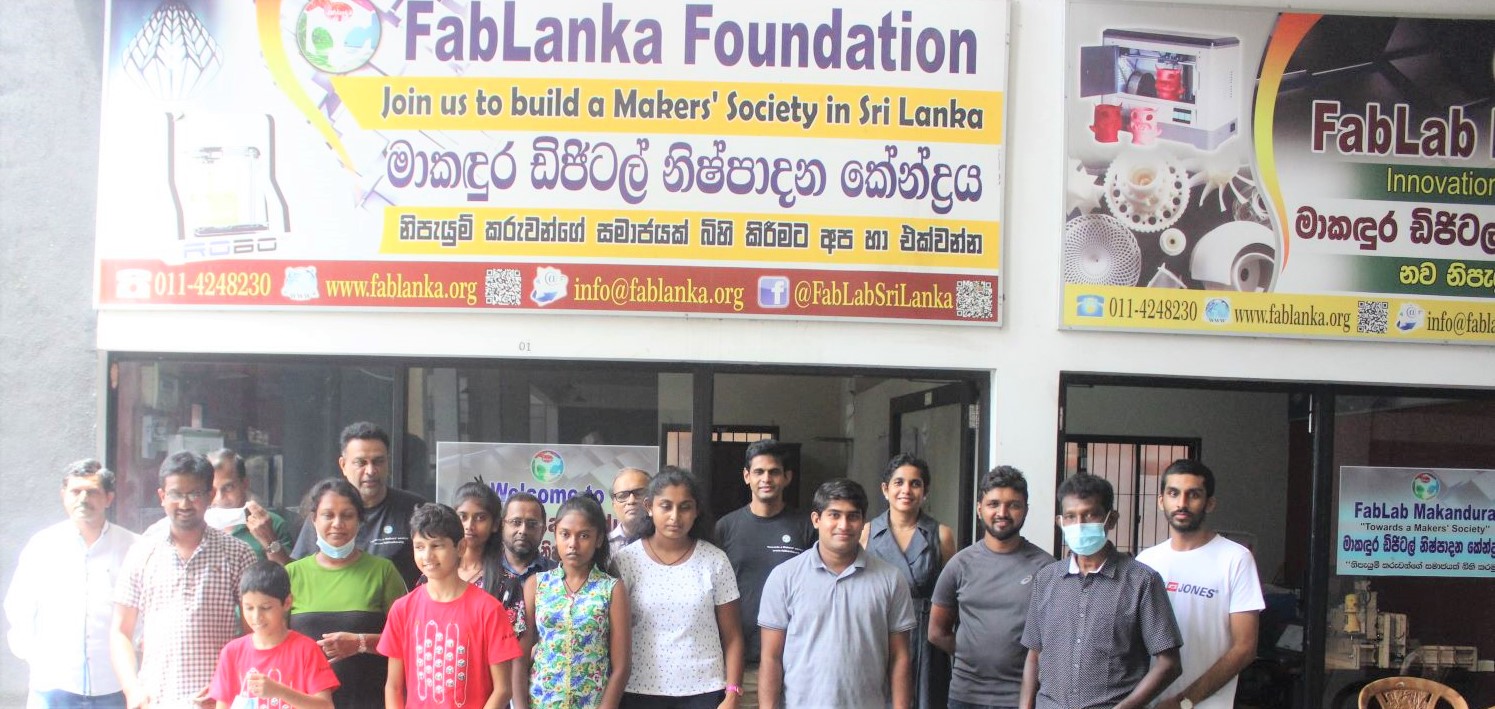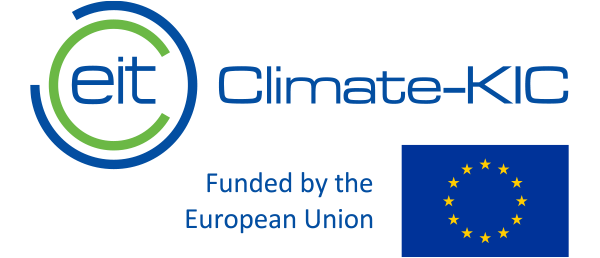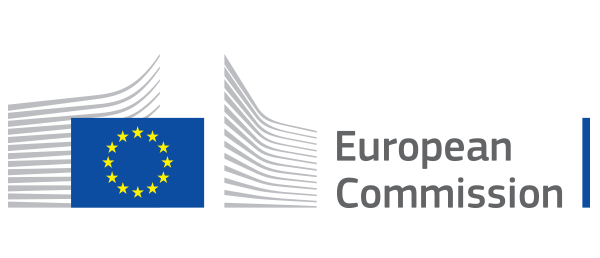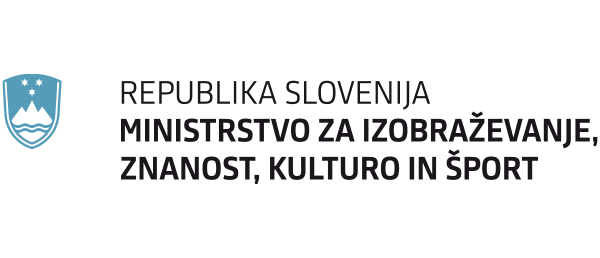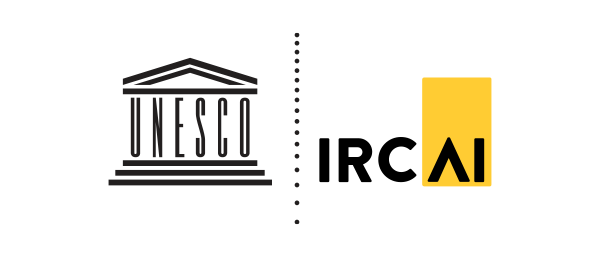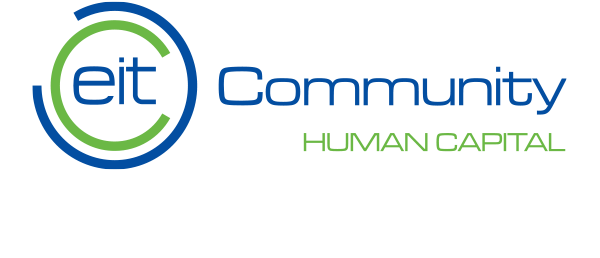
Reduce, Reuse and Recycle with AR/VR technologies
To improve the education system of Sri Lanka, that is targeted to primary to higher secondary level students, we will be using AR/VR technologies that have capability of visualizing computer-generated 3D graphics into the real/virtual environment.
Team: Drishya
Team members
Manish Pandey, Rohan Manandhar and Sanil ManandharMembers roles and background
1) Manish Pandey ( Team Leader )
Role: Research on VR technologies and the implementation of ideas.
Background: IT Undergraduate student at Herald College Kathmandu (University of Wolverhampton)
2) Rohan Manandhar
Role: Research on AR technologies and the implemantation of ideas.
Background: IT Undergraduate student at Herald College Kathmandu (University of Wolverhampton)
3) Sanil Manandhar
Role: Research on problems and its solutions.
Background: IT Undergraduate student at Herald College Kathmandu (University of Wolverhampton)
All: Prepare slides and report of AR/VR to introduce youth on the industry 4.0 technologies.
Contact details
Solution description
Our final product will be Augmented Reality and Virtual Reality contents like 3D interactive videos, Real life objects by teachers for students from primary level up to higher secondary level. This includes contents like formal education by teacher where students can actually interact with the objects that are being used to educate them. Moreover, this platform will uplift the traditional education system to a more digital and interactive means.
With successful integration of the system any user will be able to add or view interactive contents and distribute accordingly to the target students.
The success factors can be measured by observing the results and performance of the students before and after using this technology. Marketing our products with better strategies like showing them its good impact will help increase its use for more students. We can measure how effective it went, by analyzing pass percentage, number of enrolment, and through student poll who used it.
Solution context
Lack of resources like screens, internet and some basic infrastructure. Another problem is that people exploit these resources if provided. For example: The devices might be misused by the children or used by other people who are not related. Less cooperation with the people as they have not been introduced with the technology. So, these are some problems and to overcome these challenges we have ideas like: Using second hand devices or refurbished smartphones since the number of mobile connections in Sri Lanka increased by 2.2 million (+7.5%) between January 2019 and January 2020. The number of mobile connections in Sri Lanka in January 2020 was equivalent to 149% of the total population. There were 31.80 million mobile connections in Sri Lanka in January 2020.
Creating awareness with the support of local government and public schools to make people familiar with the technology. Collaboration between different INGOs, NGOs and government and companies to increase more of the resources.
Starlink is a satellite internet constellation operated by SpaceX providing satellite Internet access to most of the Earth. So, to overcome the internet and network problem we are using Starlink.
AR kits can be found as low as $11 or even less, and with the help of current smartphones it can be easily be used by the students. Also, use of cardboard VR can help in minimizing money issues.
Solution target group
Students from primary level to higher secondary level. We are targeting the following group because they are the one who require formal education and the technology will deliver class lessons in an interactive way. The solution will be impacted as an alternative to the traditional way of teaching and education system. The solution will be very helpful for students eager to learn more.
Solution impact
The target group for our solution are the students from primary level to higher secondary level including childrens from age group 6 to 18. On applying the new technology, students will be able to study, and learn usual studying items, lessons in a new immersive fun and 3D environment using AR.
After implementing and using the system, after a time we can measure how impactful or successful the trial goes by various factors like comparing enrolled students results, interviews on their experience and conducting polls.
Solution tweet text
Keeping 3R’s (Reduce, Reuse, Recycle) in mind, we will be using refurbished/ second-handed smartphones and hand made cardboard VR devices for viewing VR contents and a plain surface to integrate AR.Solution innovativeness
People nowadays think that innovation is establishing new technologies but we have thought the other way. Using of old resources like second-hand/ refurbished smartphones, tablets, cardboard VR and new technology such as starlink, it makes our solution quite unique and effective in current time of climate change. Cardboard VR will be made from recycled cardboards instead of buying plastic based Virtual Reality (VR) headsets. There might be similar ideas on the market but the implementation of its will be different then ours.
Solution transferability
Yes, it can be used in other contexts too. It can be used in gaming, ecommerce and retail, interior design, real estate, tourism and travel, training, healthcare, construction, advertising and marketing.
Gaming: Games like Pokemon Go and The Walking Dead: Our World are some examples of the implementation of AR/VR.
Ecommerce and retail: AR apps allow customers to interact with items and create more personalized buying experiences.
Real estate: People can have a property tour using VR or make blueprint visualizations in 3D.
Advertising and marketing: Giving people to experience products in AR/VR can build good customer connection.
Healthcare: From detecting different symptoms of the patient to performing complex surgeries, AR/VR can have a huge application on it.
Training: Through immersive real-life simulations in a secure setting, AR and VR may give authentic psychological and physical sensations. As a result, the technologies provide nearly limitless opportunities for safe training methods.
Tourism & travel: Various forms of transportation, hotel reservations, hospitality, tours and sightseeing, local experiences such as cuisine or festivals, souvenirs, and so on are all part of tourism. This actvities can be performed through AR/VR tech.
Solution sustainability
We are planning to use cardboard VRs which helps in reusing our waste and creating a fun art craft project for the students. Use of free software like unity to develop AR/VR contents. Geographically scattered teams can employ AR/VR technology to eliminate the need for travel and lower their carbon footprint. Real-time photorealistic rendering skills combined with AR/VR technology in the design and manufacturing sector can assist minimize the number of physical prototypes necessary in the visual design process, decreasing material waste.
Solution team work
We had a daily online meeting and researched on the distributed topics. We helped each others by sharing resources related to the content. We also made report and presenatation with the help of google docs and canva. We worked together with great collaboration. Definitely, we can work as a team in the future.
Links
- 5 Ways To Implement Virtual Reality In The Learning Process
- VR FOR EDUCATION
- Benefits of VR in Education
- 10 AWESOME AR APPS FOR THE CLASSROOM
- Number of mobile cellular subscriptions per 100 inhabitants in Sri Lanka from 2000 to 2019
- AR/VR devices Shop
- DIFFERENCES BETWEEN TRADITIONAL AND AUGMENTED REALITY TEACHING
- The State of Peace Education in Sri Lanka: in Peace or in Pieces?
- Virtual Technologies Trends in Education
AESIR_CLIMATHON_SOLUTION_DISCLAIMER

